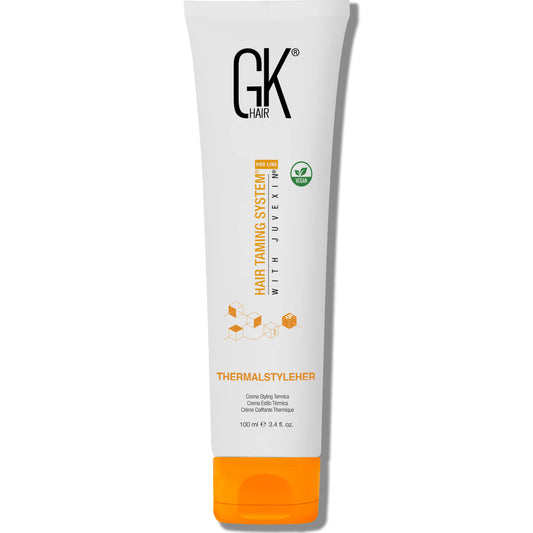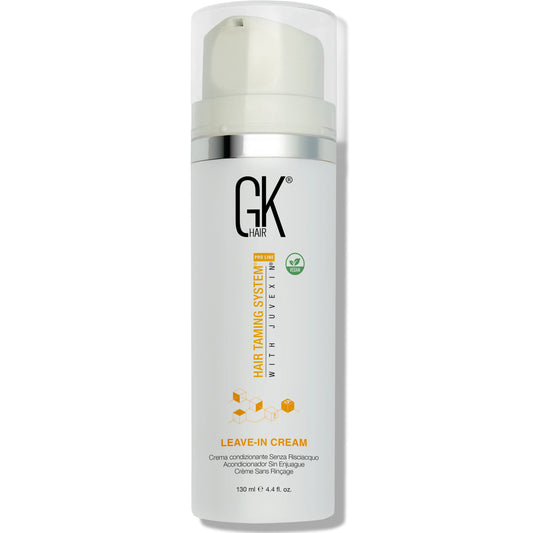There are two reasons you have landed on here: Either you have heard the term “hair porosity”, probably from a hair-care enthusiast friend, and now you can’t stop thinking about what it means, or you’re genuinely curious about the porosity of your hair. Whatever the cause, we’re here to help you out. Keep reading to find out more about hair porosity and what it signifies.
What is Hair Porosity?
The term “hair porosity” refers to the hair’s ability to absorb and retain oil and moisture into it. You might have noticed that in a humid weather, your friend’s hair stays put and sleek, while yours swell up and turn into a hair frizz bomb. That’s because your hair is more capable of absorbing moisture from the air than your friend’s.
The entire science of the hair’s ability to absorb moisture is based on your hair cuticles (the outermost layer of the hair). Hair cuticles resemble the scales of a fish which lay flat on the hair surface. When hair receives the damage, these cuticles are raised, making hair brittle, rough, and bumpy on touch. Hair porosity can be divided into three categories:
Low Porosity: Low porosity hair has its cuticles tightly closed and lean, which doesn’t allow moisture to penetrate the hair or drain out of it easily. Although this type of hair has the ability to retain natural moisture of your hair, it doesn’t absorb oils and products, which results in buildup. You might have low porosity hair if you face product buildup and hours of air drying.
High Porosity: High porosity hair has its cuticles wide open with gaps in between. This type of hair absorbs the moisture very quickly, but since the cuticles remain open, the hair cannot retain the moisture and let it lose through cuticle gaps. This kind of hair is more prone to frizz, dryness, dehydration, and breakage, and air dry quickly.
How to Check Your Hair Porosity?
The easiest way to determine the porosity of your hair is with a glass of water and a hair strand. Here’s how to do a hair porosity test:
- Fill up a glass with water.
- Take a strand from your clean hair and drop it into the glass.
- Observe if the strand floats or drowns into the water:
- If the strand floats on the surface, your hair has low porosity.
- If it floats somewhere in the middle of the glass and slowly drowns, you’re likely to have medium porosity hair.
- If it sinks to the bottom quickly, hello there, high porosity hair!
How to Deal With High Porosity Hair?
The reason your hair has high-porosity might be the damage from heat exposure and chemical treatments. Therefore, to balance your porosity, avoid further damage and use a heat protectant like ThermalStyleHer before styling. Always use lukewarm water for a hair wash, and use Leave-In Conditioners Cream that are super-moisturizing, such as GK Hair Leave-In Conditioner Cream.
How to Deal With Low Porosity Hair?
Low porosity hair mostly runs in genetics, so damage is not to blame here. To balance low-porosity hair, use lightweight, non greasy products that absorb easily and don’t result in buildup, like GK Hair Argan Oil Serum. Also, give heat to your hair when you condition or deep-condition either with a blow dryer or a heat cap. Apply oil as a pre-shampoo treatment and steam your hair every now and then to open up cuticles.















Leave a Comment